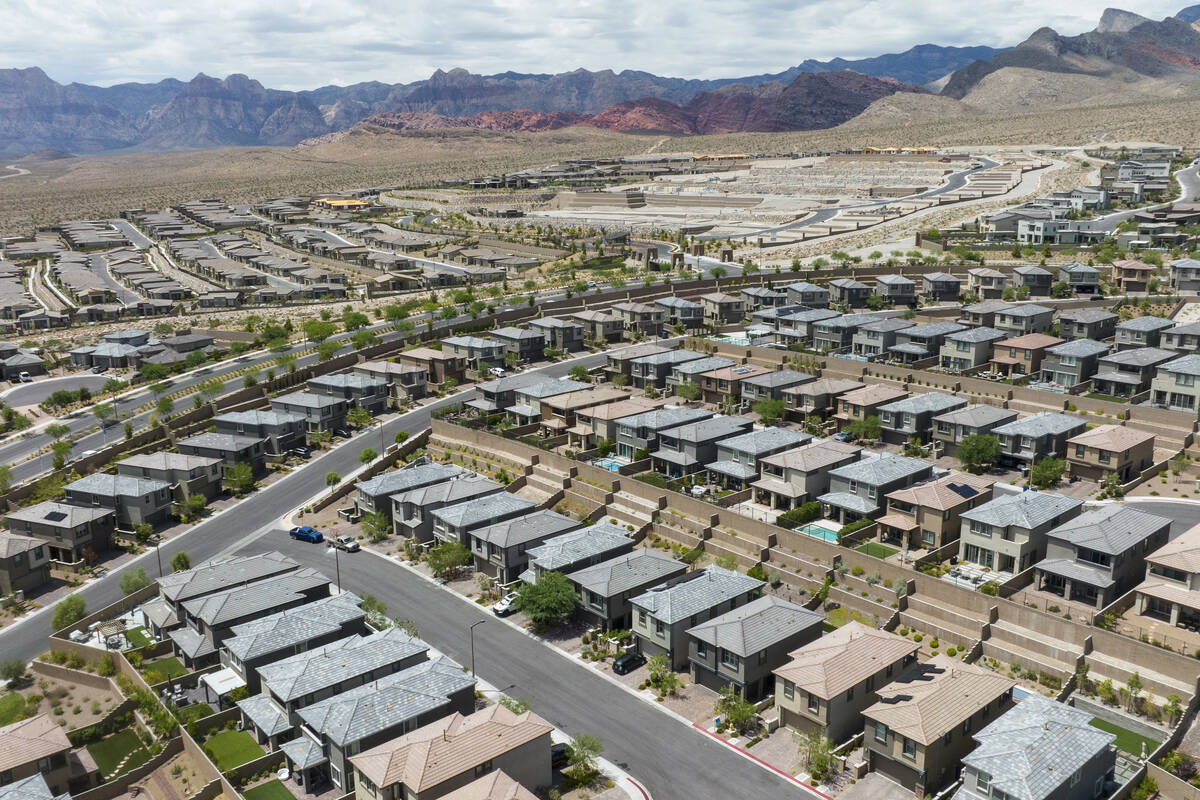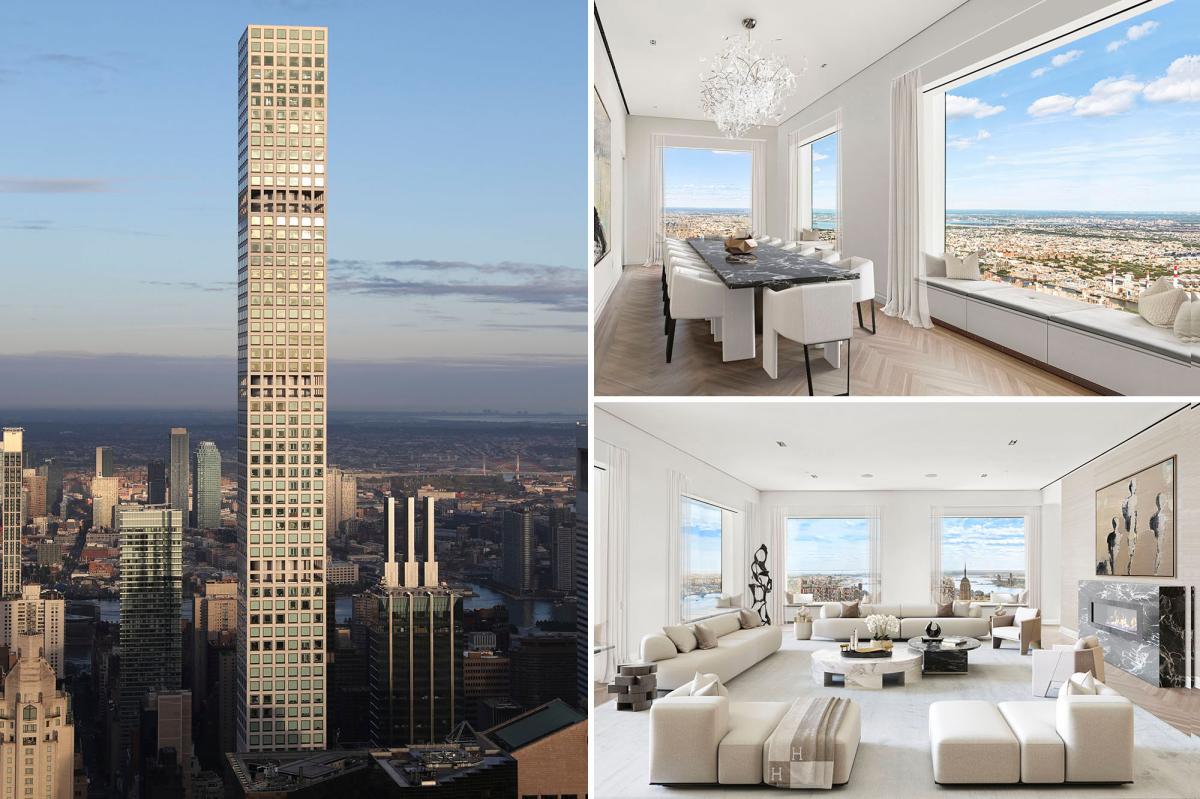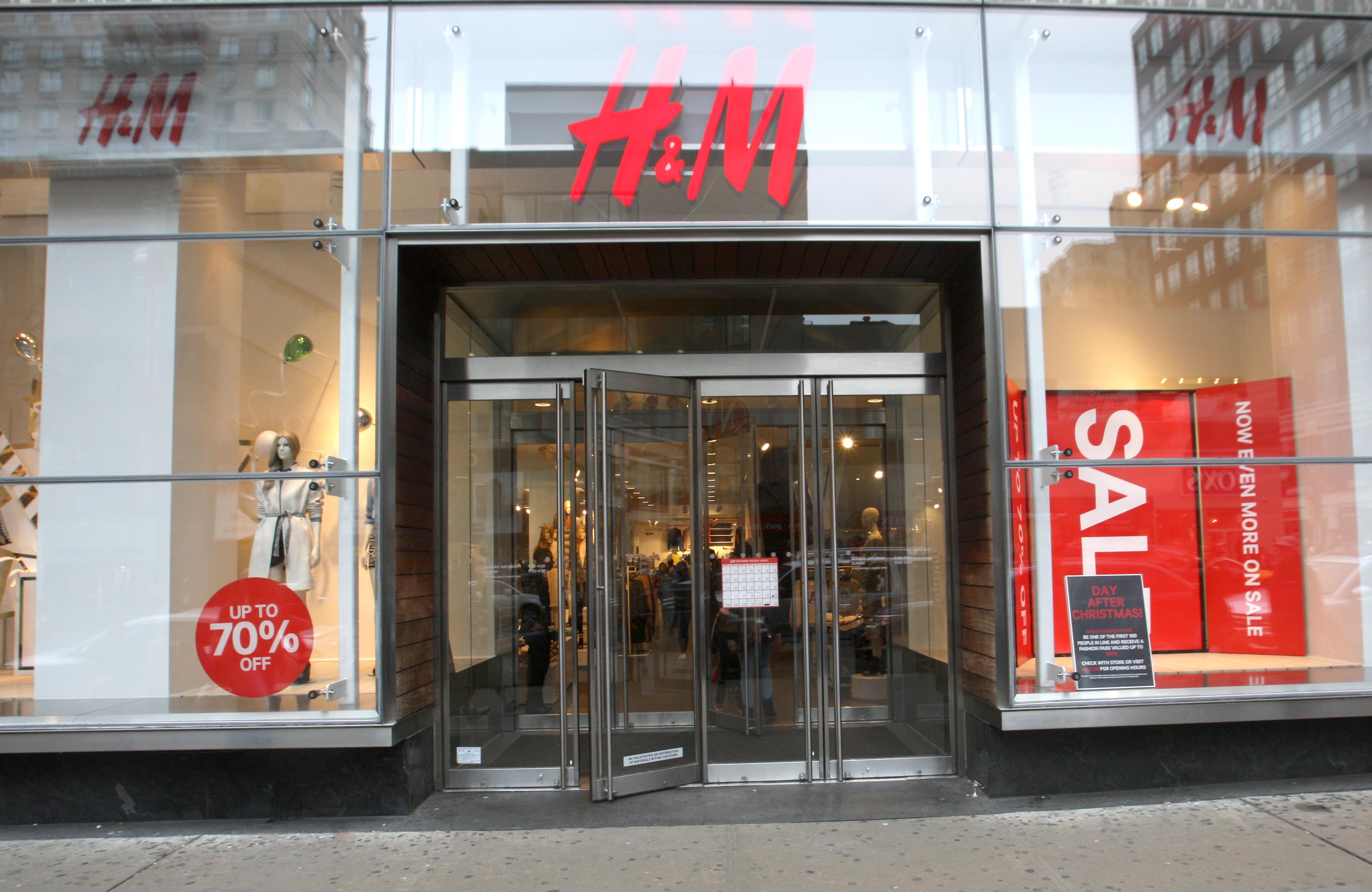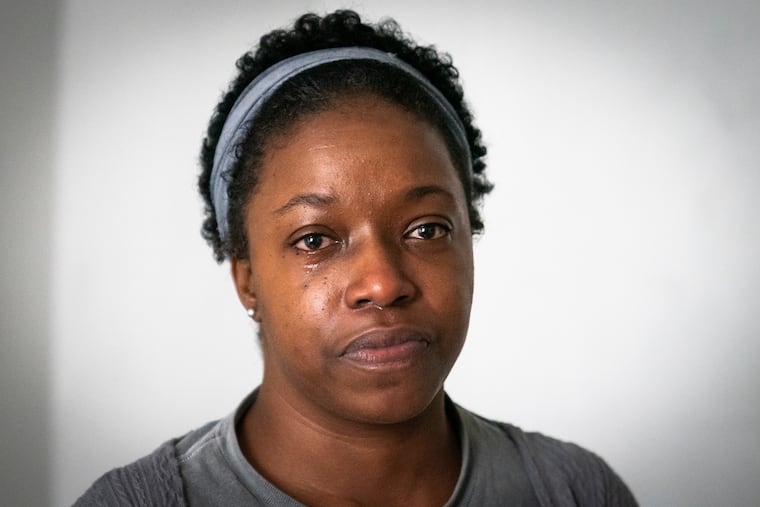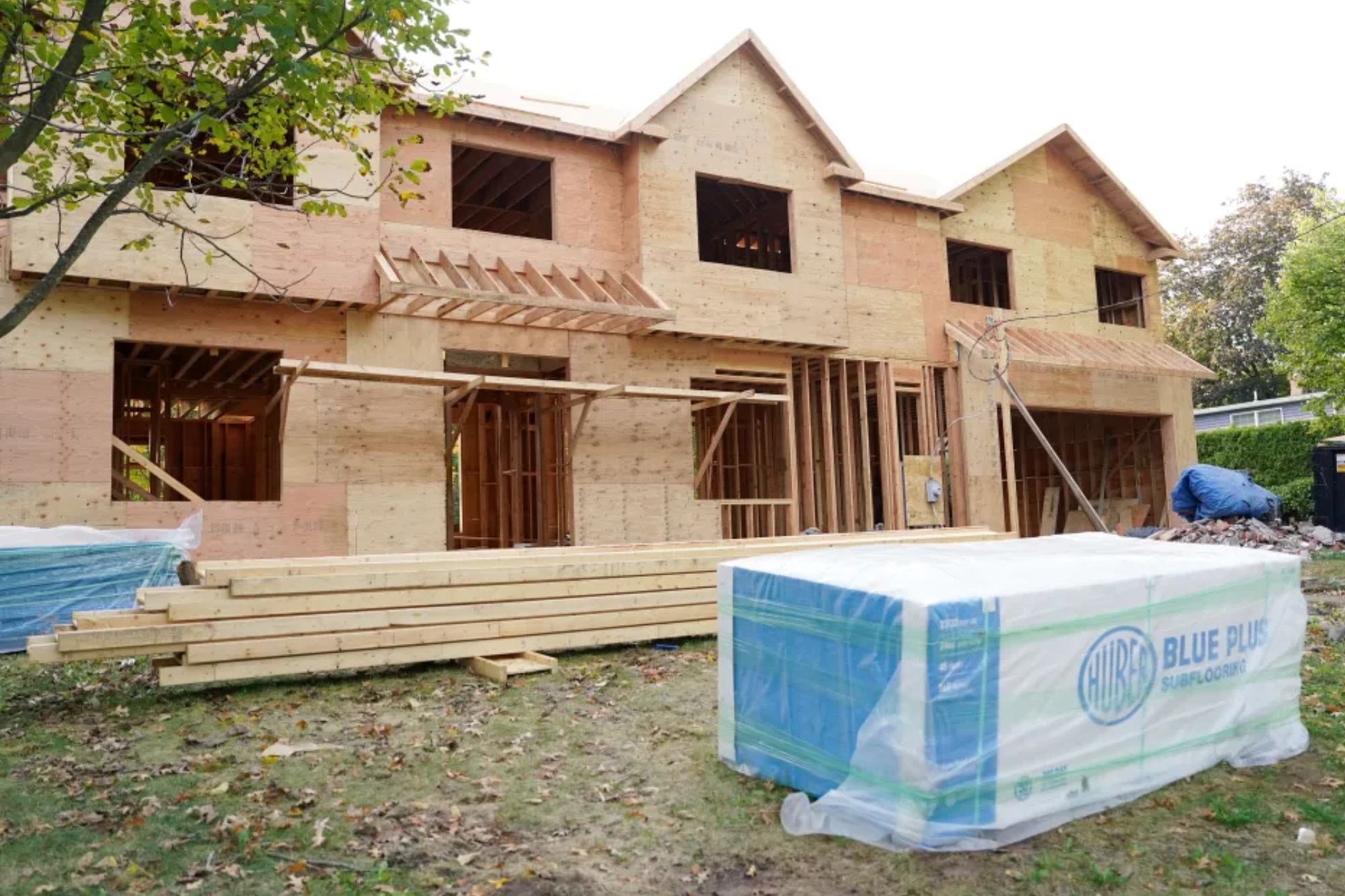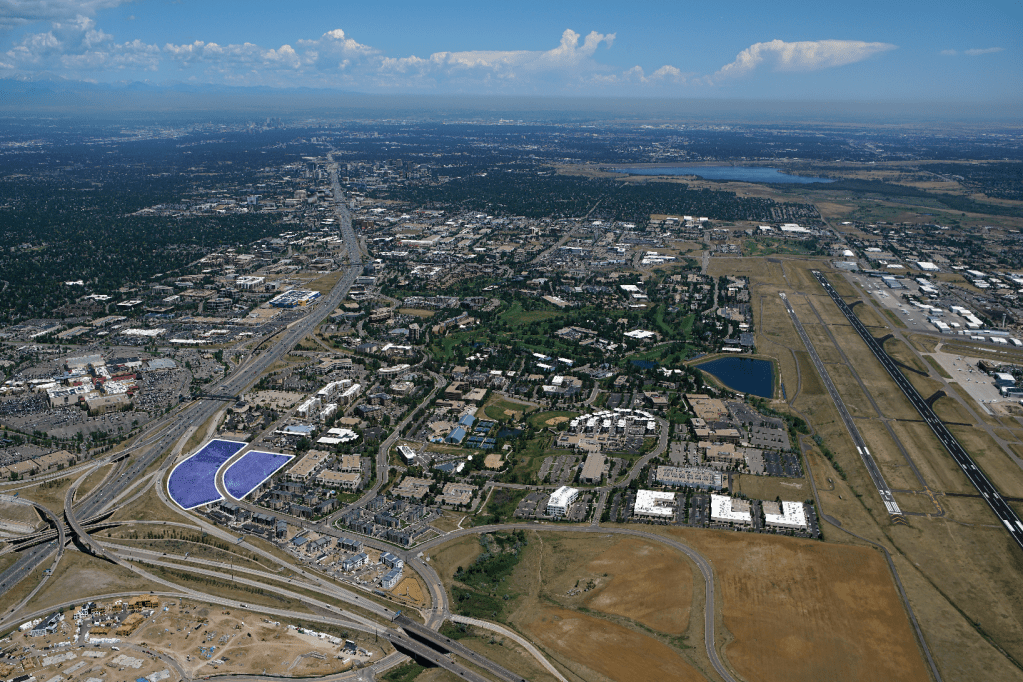R
ealtors and the two largest online brokerages are split over whether Las Vegas Valley is a buyer’s or seller’s market.
Berkshire Hathaway’s Forrest Barbee notes that the valley’s residential scene is highly neighborhood‑specific. With roughly five months of inventory, the market remains “balanced” by his company’s definition—three to six months of supply is neutral, while more than six months tips the scale toward buyers. He stresses that inventory must be evaluated on a community‑by‑community basis.
Redfin’s August data flipped the valley into a buyer’s market, reporting that sellers outnumbered buyers by 96.7 %. While there’s no industry‑wide standard for defining a buyer’s or seller’s market, most experts use months of inventory as the key metric. In a buyer’s market, more homes are available than buyers, giving shoppers leverage; in a seller’s market, homes move faster because buyers compete. Rising mortgage rates and homeowners locked into low pandemic‑era rates muddy the economic signals, making it hard to tell who holds the advantage in 2025.
Berkshire Hathaway’s October data shows luxury and lower‑end neighborhoods at opposite ends of the spectrum. MacDonald Highlands in Henderson averages 127 days on market and sells for about $4.8 million, with eight months of inventory. In contrast, Lone Mountain in the western valley sells in 23 days for an average of $673,224, yet still has nine months of inventory. Barbee warns that 2025 will see sharp swings: median single‑family prices may fall due to more lower‑tier sales, while the average closed price rises because of a surge in homes above $1 million.
Re/Max’s Lori Galarza says the valley feels “definitely a buyer’s market” right now. As of September, 7,502 homes were listed—double the number seen in earlier transitional periods. She notes that listings are staying on the market longer, prompting more open houses to attract buyers. Re/Max data shows about four months of supply, and many potential buyers and sellers are waiting for rates to drop so they can refinance. Galarza points out that historically, dramatic rate cuts have sparked seller’s markets and buyer frenzies, but the current environment offers buyers the chance to negotiate without fierce competition.
Las Vegas Realtors President George Kypreos calls the market “resetting.” He observes more homes for sale than in recent years and a more balanced supply‑demand dynamic. National reports suggest this time of year is historically favorable for buyers.
Zillow’s “Heat Index” rates each metro region on a 0–100 scale, with 44 or below indicating a buyer’s market and 69 or above a seller’s market. Las Vegas Valley sits at 50, classifying it as neutral. Senior economist Orphe Divounguy notes that the valley has been neutral for most of the past year, briefly tipping into seller territory in February and March. Zillow’s September data shows a 28 % rise in active listings from the same month last year, yet the total remains 3 % below pre‑pandemic levels. In April 2021, the market was hot with only 7,700 listings; now, supply aligns more closely with seasonal norms.
Divounguy also highlights recent price adjustments: sellers are cutting prices and pulling listings, with new for‑sale listings down 8 % from last year. Las Vegas has a high share of price‑cut listings—about 30 %, nearly double New York’s 16 %.
For more information, contact Patrick Blennerhassett at [email protected].
